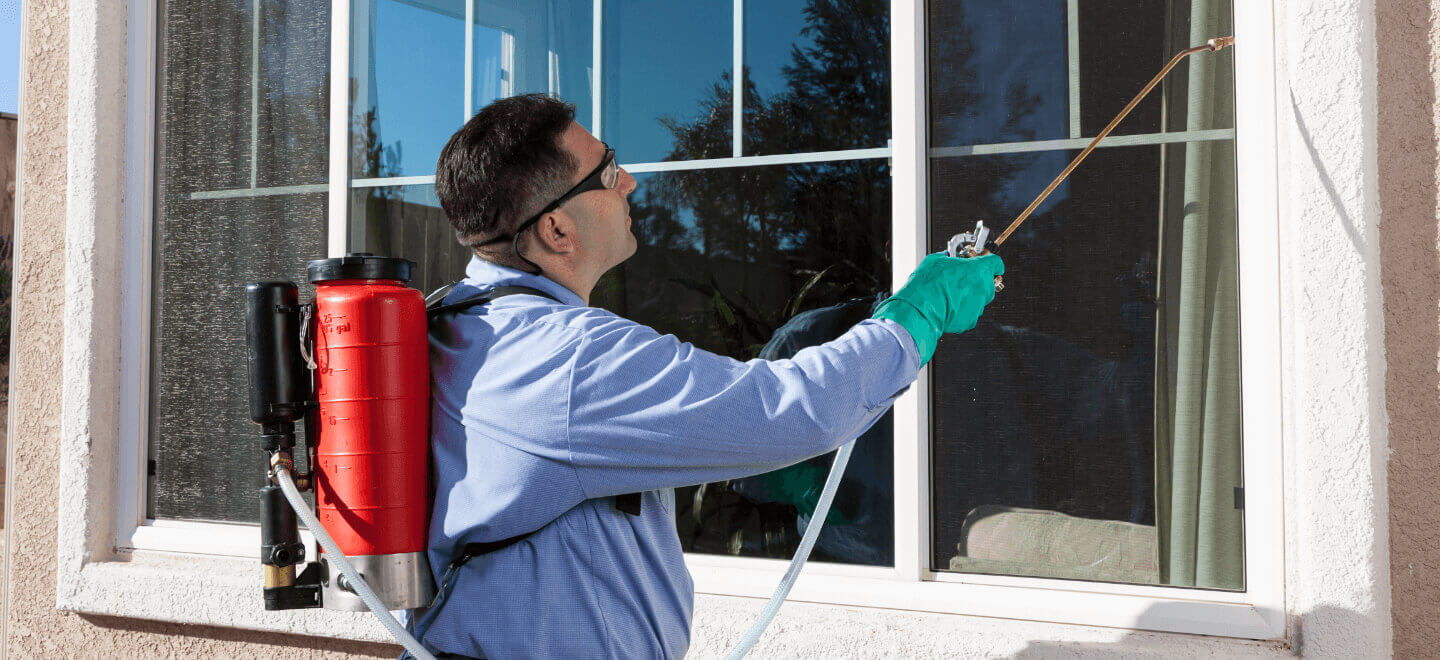Bed Insect Therapy Malfunction: Comparing Chemical Vs. Non-Chemical Solutions
In the world of pest control, particularly when managing the relentless issue of bed bugs, the selection between chemical and non-chemical treatment options can be a crucial one. Both strategies supply distinct benefits and downsides, influencing variables such as performance, safety considerations, and general cost. By examining the nuanced details of each technique, a more clear understanding of which path to pursue in resolving a bed insect infestation can be acquired.
Efficiency of Chemical Treatments
Chemical treatments for bed insect infestations have actually been extensively identified for their potent and rapid efficacy in eradicating these pests. When thinking about the efficiency of chemical therapies, it is essential to comprehend that they can give a detailed and quick service to a bed pest trouble.
Furthermore, chemical treatments have the benefit of supplying residual impacts, indicating that they can continue to get rid of bed pests even after the initial application. This residual action is particularly valuable in combating any kind of prospective re-infestations. Additionally, the fast action of chemical therapies can bring relief to people encountering serious bed pest invasions, enabling them to gain back control of their home quickly.
Security Interest In Chemical Solutions
One essential facet that calls for cautious consideration when utilizing chemical remedies for bed pest therapy is ensuring the safety of residents and the atmosphere. Direct exposure to certain chemicals made use of in bed bug treatments can lead to breathing concerns, skin irritation, or other unfavorable responses, specifically in people with pre-existing problems or level of sensitivities.
Moreover, the environmental influence of chemical solutions is an additional considerable consideration. Some chemicals used in bed bug treatments may be damaging to advantageous insects, wild animals, and environments if they leach into the dirt or water systems. It is necessary to use chemical therapies sensibly, adhering to safety standards, and considering less poisonous alternatives to alleviate these dangers and make certain the safe and efficient administration of bed pest problems.
Advantages of Non-Chemical Approaches
Taking into consideration the potential safety and security problems and environmental effect connected with chemical remedies for bed bug therapy, exploring non-chemical methods provides a promising option with a number of distinct benefits. Non-chemical treatments are environmentally pleasant, as they do not contribute to air or water pollution, making them a lasting option for pest control.
Furthermore, non-chemical solutions can be efficient in targeting bed pests, including hard-to-reach locations where chemical therapies might not pass through. Methods such as heat treatment, vacuuming, vapor cleaning, and cushion coverings give thorough elimination without the use of damaging chemicals. Additionally, non-chemical strategies can be less disruptive, calling for minimal preparation and allowing for quicker reentry into treated locations. In general, opting for non-chemical bed bug treatment methods not only focuses on safety and security and environmental defense yet additionally guarantees detailed and reliable insect control.
Limitations of Non-Chemical Treatments

Furthermore, non-chemical therapies often call for several applications to accomplish effective obliteration. This can be taxing and might not always guarantee full removal of all bed pests and their eggs, specifically in surprise or hard-to-reach locations.
Moreover, the success of non-chemical therapies greatly depends on proper application and thoroughness, which can be challenging for people without expert competence. Insufficient application of non-chemical methods might lead to insufficient obliteration, leading to consistent problems and the demand for additional treatments.
For that reason, while non-chemical treatments have their advantages, it is necessary to recognize these limitations and consider them when establishing one of the most reliable approach for handling bed bug problems.
Cost Comparison: Chemical Vs. Non-Chemical Options
Given the restrictions associated with non-chemical therapies, a necessary aspect to assess in the context of bed insect administration is the expense comparison between chemical and non-chemical options. Chemical treatments usually entail the application of pesticides by experts, which can range from $250 to $900 per area, relying on the severity of the invasion and the dimension of the area to be treated. In contrast, non-chemical therapies like warmth therapy or steam can be a lot more costly, with expenses ranging from $1,000 to $6,000 for a whole home. While the initial cost of chemical treatments may seem lower, multiple therapies might be required to fully eradicate the infestation, possibly boosting the total expense. On the other hand, non-chemical options might supply a more green and sustainable remedy, although they can be cost-prohibitive for some individuals. Inevitably, when taking into consideration the expense of bed pest treatment choices, it is very important to weigh the upfront expenditures versus the effectiveness and long-lasting sustainability of the picked technique.
Conclusion

Considering the potential safety and security concerns and environmental influence associated with chemical solutions for bed insect therapy, discovering non-chemical strategies provides an appealing option with a number of distinct advantages.Provided the constraints connected with non-chemical therapies, a necessary element to assess in the context of bed pest administration is the price comparison in between chemical and non-chemical options. In contrast, non-chemical therapies like warm therapy or steam can be much more costly, with costs varying from $1,000 to $6,000 for a whole home. While the first expense A1 bed bug exterminator charlotte of chemical treatments might appear lower, multiple treatments may be needed to fully remove the infestation, possibly increasing the overall cost.In conclusion, when comparing chemical and non-chemical bed pest treatment options, it is important to think about effectiveness, security, advantages, constraints, and expense.